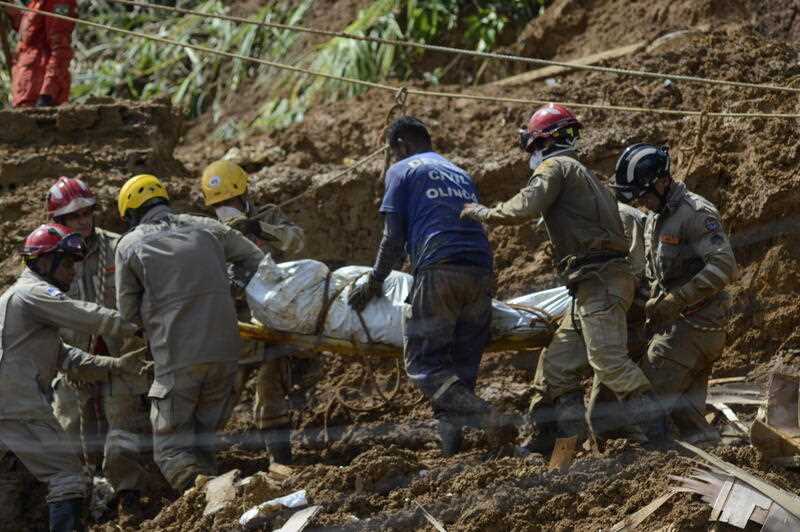More than 100 people are missing or confirmed dead in Brazil after mudslides and major floods brought about by heavy rains tore through several urban neighbourhoods in the northeastern part of the country.
It was the fourth major flooding in five months, underlining a lack of urban planning in low-income neighbourhoods throughout much of Brazil, where shantytowns are often built on hillsides prone to collapse.
The destruction also comes as scientists begin to question whether abnormal rain cycles in Latin America’s largest nation could be a result of climate change.
As of Sunday afternoon, 56 people had died in the northeastern state of Pernambuco and one died in the neighbouring state of Alagoas, according to a message posted on Twitter by the Federal Civil Defense service, which is in charge of emergency management. Another 56 people in Pernambuco were missing.
Between those two states, more than 6000 people had arrived at government-designated aid points and more than 7000 were staying with friends or relatives, the Federal Civil Defence service said.
In a Twitter post, Brazilian President Jair Bolsonaro said he would arrive in Recife, the hard-hit capital of Pernambuco, on Monday morning.
“Our government made available, since the beginning, all means, including the armed forces, to help those who have been affected,” he wrote.
In late December and early January, dozens were killed and tens of thousands displaced when rains hammered Bahia state, also in northeastern Brazil.
At least 18 died in flooding in the southeastern state of Sao Paulo later in January. In February, torrential downpours in Rio de Janeiro state killed more than 230.
By Gram Slattery and Sergio Queiroz in Rio de Janeiro



